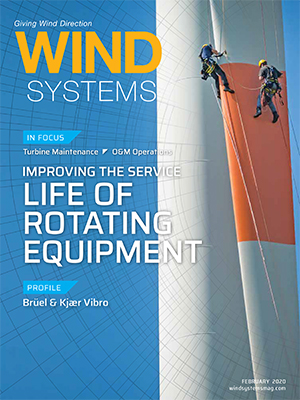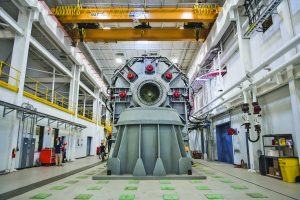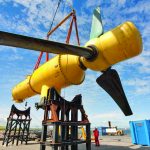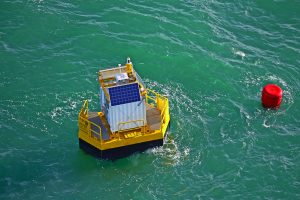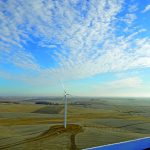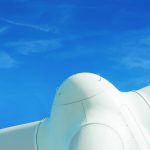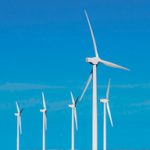Wind and solar power are fast becoming the renewable energies of choice in countries across the globe. Offshore and onshore wind energy is emerging in and around the seas of the world. Now engineers are battling the question of how to make renewable infrastructure last. Corrosion is a general problem for these infrastructures, and corrosion protection systems are crucial to maintaining structural integrity. Stopping corrosion on solar and wind farms has become a major goal for energy providers.
Newly engineered systems are designed for up to 30 years of service, but exposure to environmental corrosion, UV rays, extreme temperatures, and salt corrosion are challenging to component durability and quickly result in corrosion at vulnerable points. Excessive component failures can lead to high maintenance costs and underperformance of overall energy output. Fittings, solar cell support structures, wind generators, and heat exchangers are exposed to pollution-related corrosion and extreme environmental conditions. Additionally, systems in coastal environments are exposed to high salt levels, which can lead to component corrosion and failure.
Corrosion of bolts that hold wind-turbine towers to their concrete bases is a common problem at wind farms, especially those in marine environments. This was the case at a new wind farm in Brazil, where the base bolts were corroding due to constant exposure to the extremely corrosive environment of strong wind and blowing sand near the ocean. Clamps inside individual transformer boxes next to the tower bases were also experiencing corrosion.
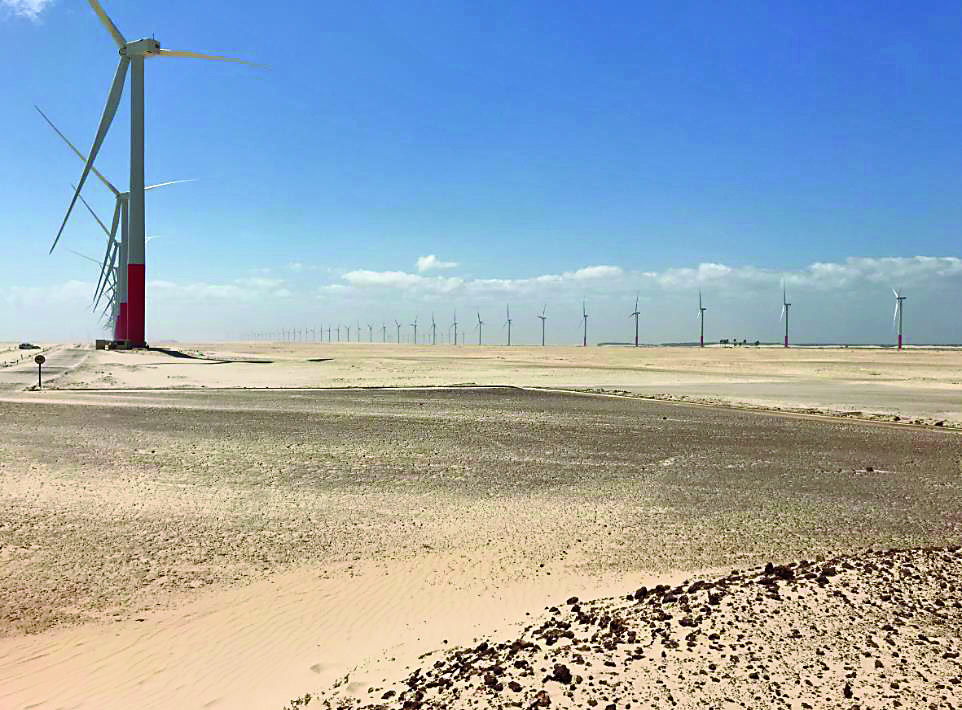
To protect against future corrosion, the base bolts were cleaned with Cortec’s VpCI®-418 and coated with VpCI®- 368 prior to capping them off with a rubber gasket. Any severe rust on the base bolts or base flange faces was passivated with CorrVerter® Rust Converter Primer.
The flange faces will also be top-coated with VpCI®-396 and VpCI®-384 as the customer works through its corrosion maintenance plan one wind tower at a time. The corroded clamps inside the transformer box were unbolted and cleaned with VpCI®-415 and dried. ElectriCorr® VpCI®-239 was applied before they were bolted back into place. VpCI®-386 was used to protect external clamp surfaces.
The same system was used inside transformer boxes across the wind farm. VpCI®-396 and EcoShield® 386 will also provide protection to components inside transformer boxes. The use of VpCI® products in severe environments will greatly extend the service life of the base bolts and flange faces used to keep wind towers safely standing.
The maintenance of cooling systems in wind turbines is also challenging due to inaccessibility and tight spaces. Cleaning and filling of systems and the recovery of aged coolants are difficult and demanding procedures. Fortunately, VpCI®-649 BD additive is successfully used in small dosages to address these issues and enable long term corrosion protection.
More info www.cortecvci.com



















